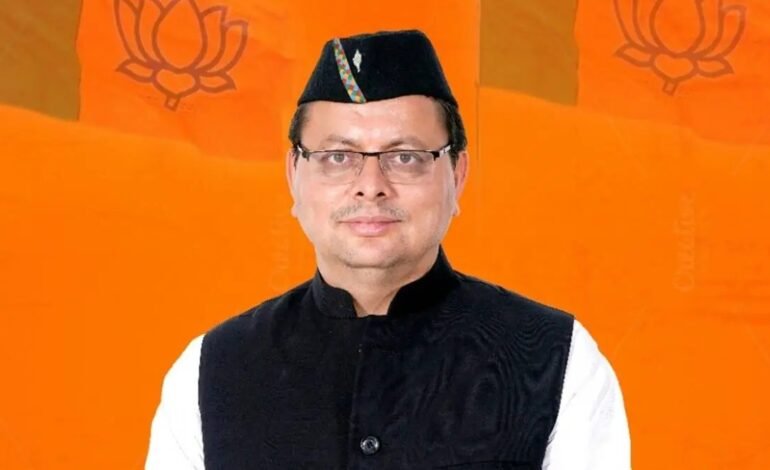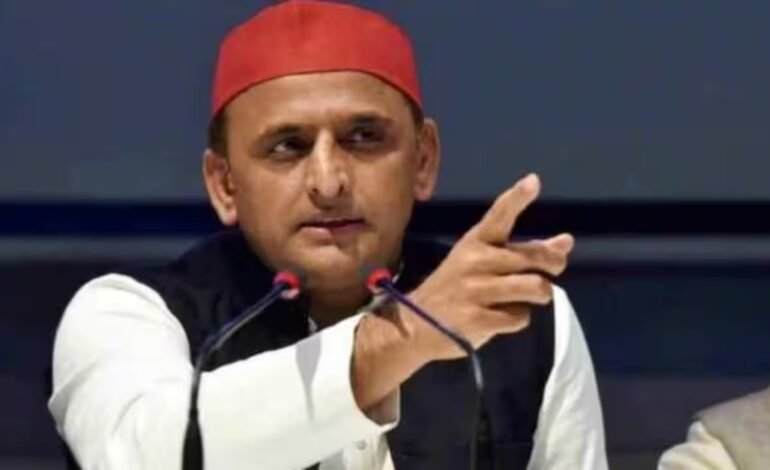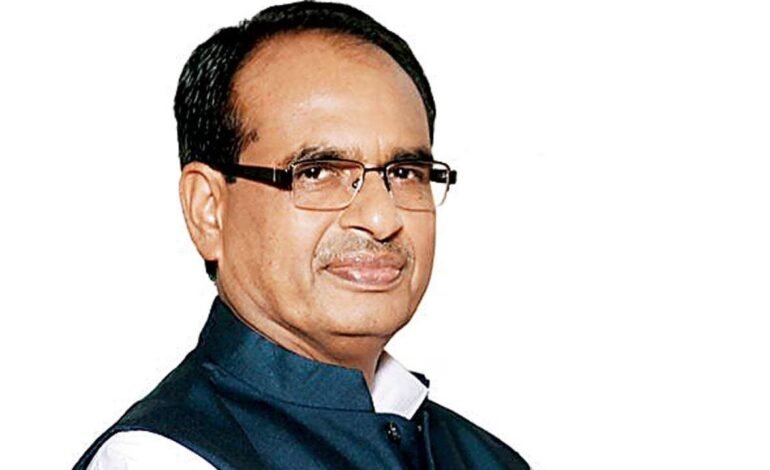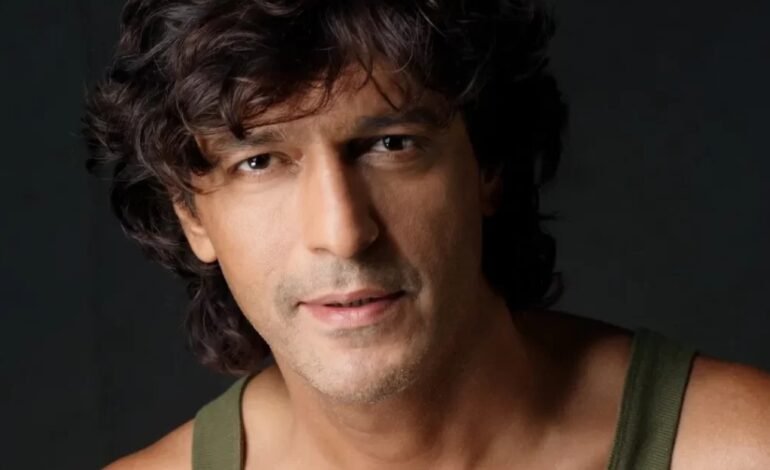Why Indian Students Choose to Study in Bangladesh

Why Indian Students Go to Bangladesh:
An interim government led by Nobel laureate Muhammad Yunus is about to take over in Bangladesh. This change comes after student protests led Sheikh Hasina to leave the country. Bangladeshi students are known for being very active in politics. Some Indian students also choose to study in Bangladesh.
When the situation in Bangladesh became difficult, these students came back to India. Now, they are waiting for conditions to improve so they can return and finish their studies. By the end of July, about 7,000 Indian students had come back to India. Many of these students, who returned recently, shared why they like studying in Bangladesh.
What Do Indian Students Study in Bangladesh?
Sudepta Maity, a fourth-year medical student at Abdul Hamid Medical College in Bangladesh, says that studying in Bangladesh is cheaper for Indian students. Sudepta explains, “When violence started in Bangladesh, we crossed the Akhaura-Agartala border and came back to India.”
The college in Kishoreganj, Bangladesh, is just three hours from Agartala. A one-hour flight gets you to Kolkata, and Sudepta reached his home in East Midnapore, West Bengal, within the next three hours. He adds, “Bangladesh is so well connected to India that you can reach Kolkata in just a few hours. This might be one reason why more Indian students are choosing private medical colleges in Bangladesh.”
According to government data, over 1.3 million students went abroad for higher education in 2022, and 9,308 of them went to Bangladesh. Indian students prefer Bangladesh for its better connectivity, shorter distance, similar culture, limited seats in India, and lower education costs.
Other Benefits of Studying in Bangladesh:
Kashmiri student Kazi, who is in her fifth year of MBBS, says medical education in India costs over one crore rupees, while it costs only 40 to 50 lakh rupees in Bangladesh. Kazi explains, “When I left Kashmir for Dhaka’s Ad-Din Medical College in 2019, Kashmir had only two medical colleges. There were no private medical colleges, but Bangladesh had many.”
Kazi claims that studying medicine in Bangladesh costs about 30-35 lakh rupees in Indian currency.
Why Choose Bangladesh?
Basit Anwar from Joynagar in West Bengal explains why Indian students choose Bangladesh over other countries. He says, “Due to lower costs, Indian students have traditionally preferred countries like Russia and Ukraine for medical studies. But there’s a big advantage to studying in Bangladesh.”
Students who study medicine abroad must pass the Foreign Medical Graduates Examination (FMGE) when they return to India. Indian students who graduated from Bangladesh have a high pass rate for this exam. Basit says, “This might be why more Indian students are choosing Bangladesh. The syllabus is almost the same, and we use the same textbooks as in India. Even the teachers are from Kolkata, so they understand our need to pass the FMGE.”
Indian Students in Bangladesh:
Despite recent political instability and a decline in global democracy, Bangladesh has made significant progress in reducing poverty and achieving rapid economic growth. However, according to the World Bank, Bangladesh is still struggling with economic recovery after the COVID-19 pandemic. Last year, GDP growth fell from 7.1% to 5.8%.
Economic challenges, rising inflation, unemployment, and decreasing foreign reserves are reasons for the recent tensions in Bangladesh. Out of 170 million people, about 32 million young people are out of work and education.
Medical education in Bangladesh has seen investments leading to improvements in healthcare, especially in rural areas. Kolkata-based consultant Kazi Mohammad Habib says, “In a short time, Bangladesh has established around 70 medical colleges with 3,100 seats, 45% of which are reserved for foreign students.” Most of these students are from India.
According to April 2023 data from Bangladesh’s Directorate General of Medical Education, 1,067 Indian students enrolled in medical courses for 2023-24, while Nepal, Bhutan, and Pakistan sent fewer students.
Challenges and Future Outlook:
Despite these achievements, many Bangladeshi patients come to India for treatment due to high healthcare costs and the growth of medical travel agencies. It is estimated that 30-40% of patients in a private hospital in southern Kolkata come from Bangladesh.
Habib adds, “Medical education and medical facilities are different. Bangladesh has done well in medical education, but there is still room for improvement in healthcare services.”
In addition to medical institutions, Bangladeshi students also study in visual arts and social sciences. One such institution is ‘Pathshala,’ which offers training in photography and television and film.
While Bangladesh is an important educational hub in South and Southeast Asia, recent instability has impacted students. They hope the country will soon resolve its tensions so their academic sessions are not further disrupted.




































